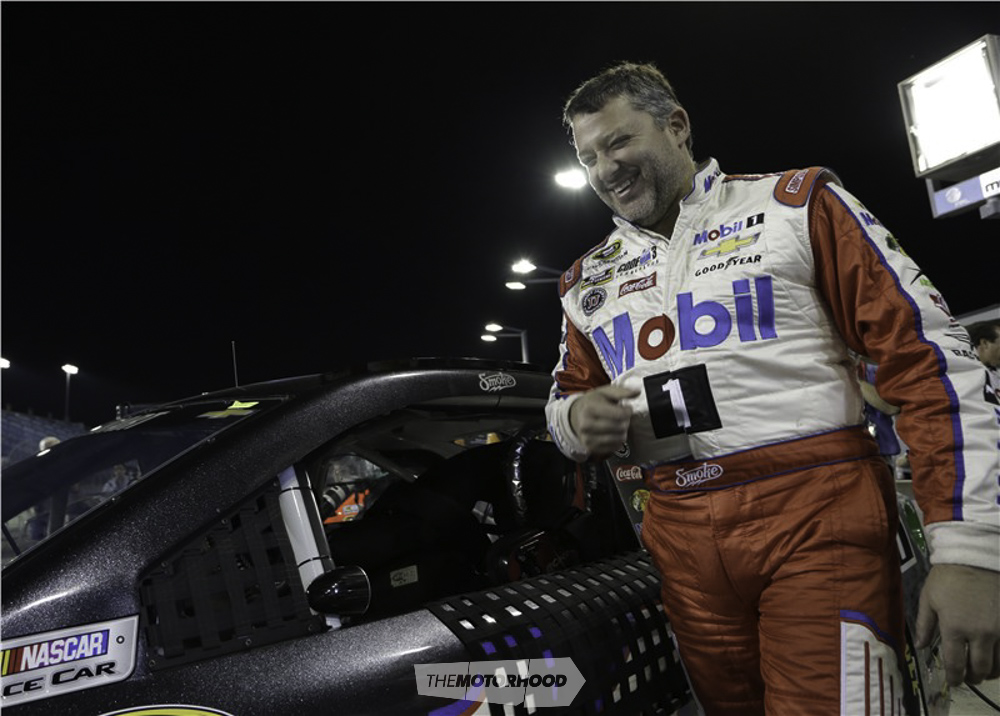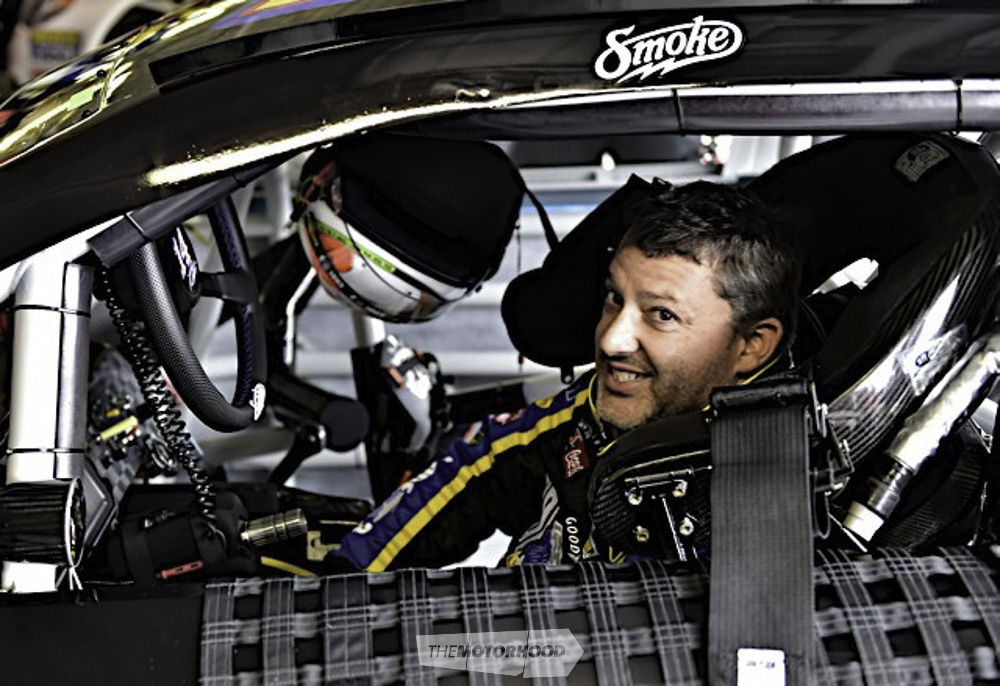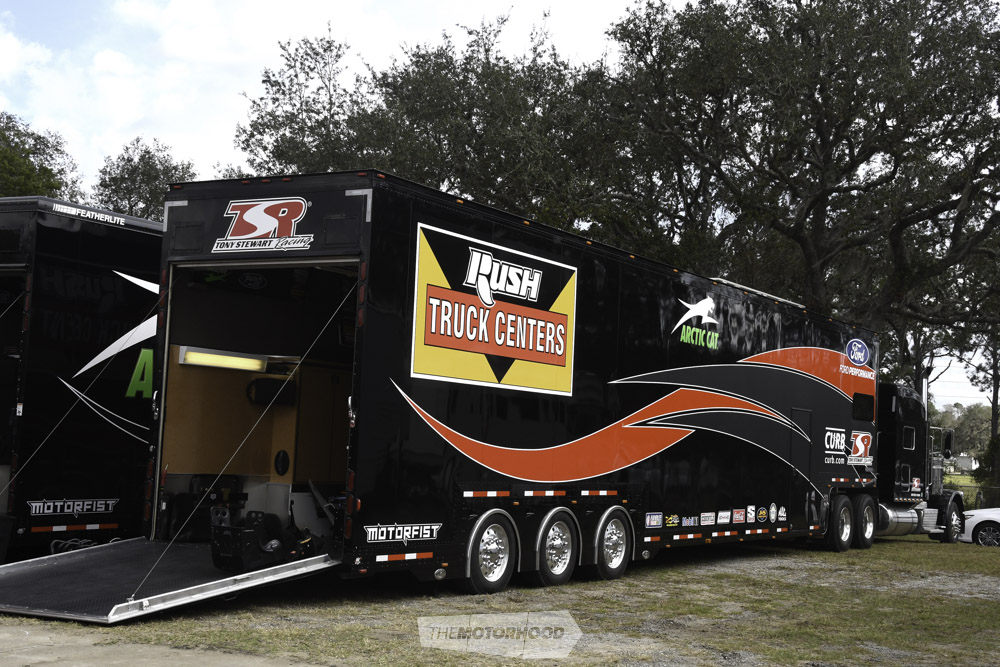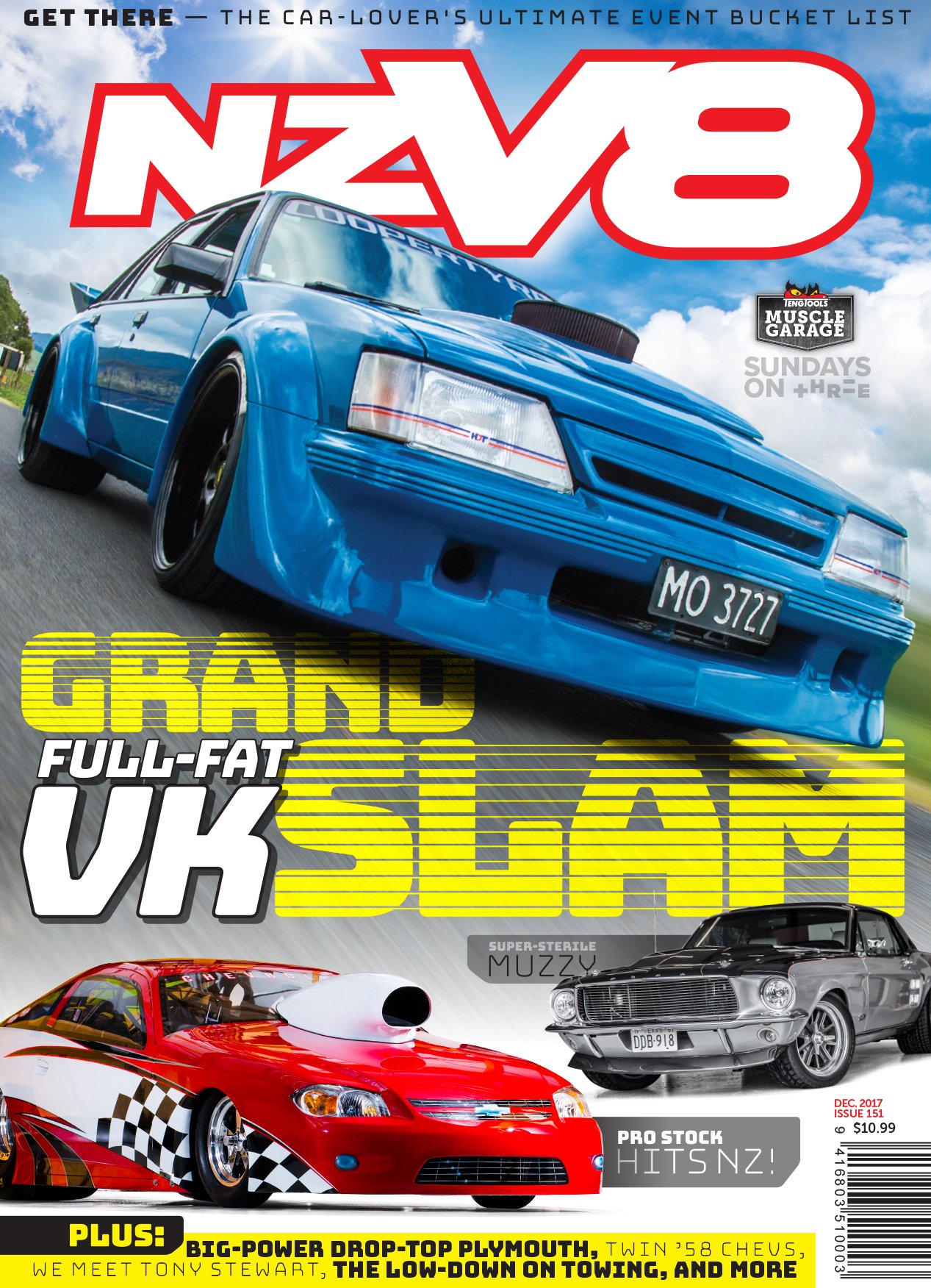The legend himself is scheduled to race in New Zealand later this year, but who is Tony Stewart? We find out about one of the world’s greatest racers
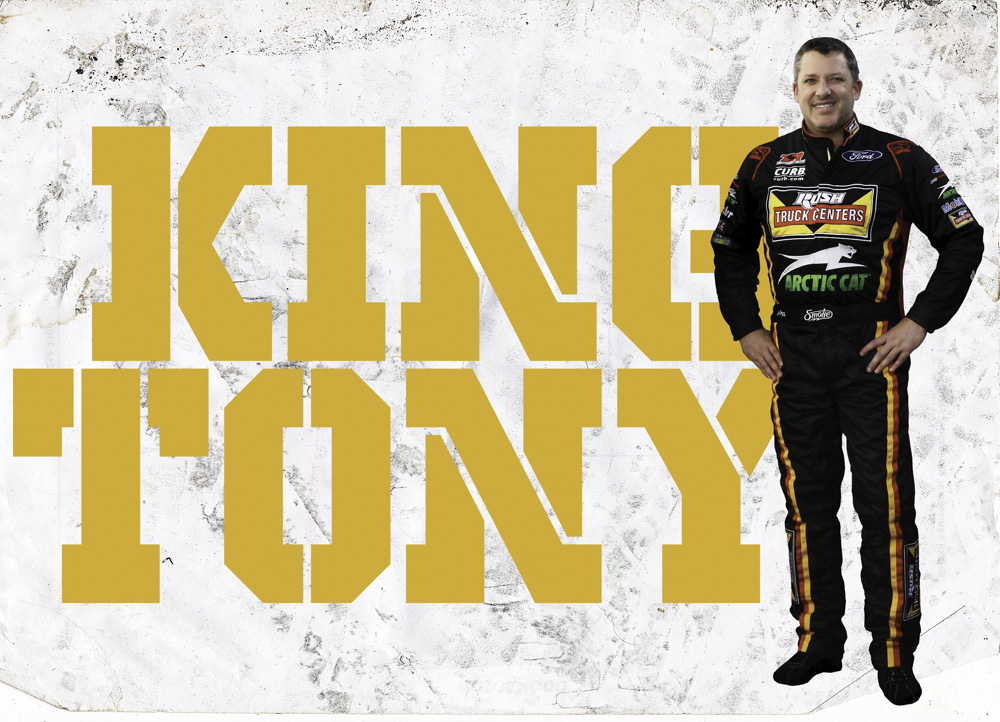
Earlier this year, the New Zealand speedway community was abuzz with the news that Tony Stewart would be coming to New Zealand to compete in the Porter Hire International Sprintcar Series in December this year — and bringing his legendary J&J Auto Racing sprint car, sponsored by Rush Truck Centers and Arctic Cat, with him.
So, what’s the big deal? For those in the know, it’s not so much a big deal as a massive one — the biggest deal imaginable for speedway fans in recent times. The reason is due to who Tony Stewart is. From his first venture behind the wheel, Tony has achieved something that may seem easy to comprehend on paper but that defies belief in reality — an astonishing series of race and championship titles spanning numerous racing disciplines.
It all started in 1978, when Tony started racing go-karts. As a racing-obsessed kid who religiously watched all kinds of racing with his father, Tony quickly proved his natural ability with his first championship win in 1980. Rapid progression culminated in his claiming the World Karting Association national championship in 1987.
Tony’s promising talent soon led to a step up into three-quarter midget racing, before he took the plunge in 1991, joining the ranks of United States Auto Club (USAC) racing. While he was as successful a racer as expected, his 1994 USAC National Midget Championship victory came as a precursor to an unexpected and unprecedented accomplishment the very next year. In 1995, he became the first to claim the coveted USAC Triple Crown, winning all three USAC racing divisions — Midget, Sprint, and Silver Crown — in the same season.
Tony’s obvious ability led to an IndyCar racing gig, and, while it may have been nigh-on unthinkable at the time, hindsight provides little surprise that Tony blazed straight on through the ranks, emerging as champion of the 1996–’97 Indy Racing League.
At this point, his ability became impossible to ignore and he was presented with a sidestep into Nascar, joining Joe Gibbs Racing in the 1998 Nascar Xfinity Series, before taking another step up into the big-boy league — the 1999 Nascar Cup Series, in what was then the Busch Grand National Series, where he went on to claim the Rookie of the Year award.
Through pure talent and an incredible drive to be the best he could, Tony had paved the way to his dream, and just kept on going in a two-decade career in which the past 18 years were spent competing in the Monster Energy Nascar Cup Series.
With three Nascar Cup Series championships to his name and myriad other accolades, Tony has recently retired from Nascar racing to focus on running the Stewart-Haas Racing (SHR) team, which he co-owns with Gene Haas, as well as his large business portfolio, which includes ownership of the All Star Circuit of Champions and Eldora Speedway, and co-ownership of Paducah International Raceway and Macon Speedway.
Tony has forged for himself a legacy as one of motor racing’s all-time greats, and his passion for open-wheel dirt-track racing is as strong as ever. It’s this passion that will be bringing him to New Zealand, to compete in the Porter Hire International Sprintcar Series. The series will open at Vodafone Speedway Western Springs on Saturday, December 9, then head south to Robertson Holden International Speedway for the mid-week round, before returning for the final round at Western Springs on Saturday, December 16. Tony will be piloting his own 900hp J&J sprint car, which is being shipped in late October to ensure it will arrive here in time, and Jimmy Carr will be travelling with Tony to ensure the car is up to the task.
Thanks to Greg Mosen, promoter for Vodafone Speedway Western Springs, we were able to interview Tony Stewart to find out a little bit more about a man who has lived the motorsport dream and made it his life.
The man himself
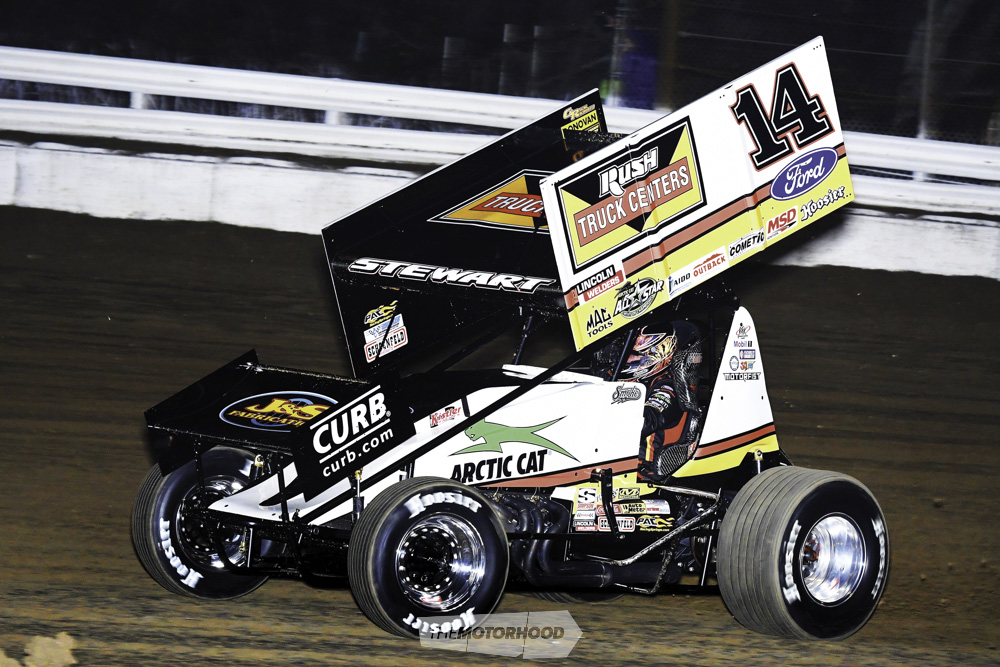
NZV8: Hi Tony; you’ve retired as a Nascar driver, but only as a Nascar driver. How has 2017 been so far — as a driver outside of Nascar, and also as a team owner?
Tony Stewart: It’s definitely been different. It’s been a transition period, for sure — I used to be at the track three days a week; now each weekend’s different. Sometimes I’m there three days a week, some weekends I’m not there at all, some weekends I’m there Friday and Sunday, and sometimes just Saturday and Sunday.
So, every week’s different, and it’s been kinda weird. I thought it would be a real easy transition, but someone told me, “It’s definitely not gonna be an easy year; it’s gonna be a tough year” — and it has been. For something you think would be just like vacation all the time, I’m definitely not on vacation. There’s still a lotta work that I do, with SHR, with Tony Stewart Racing [TSR], with Eldora, with the All Star Circuit of Champions, with my own racing, and with raising white-tailed deer — I’ve still got a lot of projects that keep me busy right.
When people hear ‘retirement’, they think it’s time to relax, go fishing, and so on — how busy are you now compared with when you were racing full time in the Nascar Cup Series?
I’m busier than I was when I was a full-time Nascar driver. I still have all those things that we mentioned a minute ago. I’m racing a bunch, which is taking up a bunch of time in the schedule, still trying to get to Nascar races, and there’s just a lot of things that I’m involved in that somebody else was responsible for when I was a Nascar driver — now that I’m not a Nascar driver, I still have to go to those Nascar races, but I also have all these other things that take a lot of time, so I’m definitely a lot busier.
When I was busy as a Nascar driver, it was draining. Although I’m busier now, it’s still a little bit physically draining, but it’s emotionally refreshing, because I’m busy doing things that I want to do. So, my body takes a beating and all, with what we have going on, but my mind’s really excited about everything that we’re doing.
You say that you’re busy, and it’s obvious that you’ve decided to invest — as a team owner with TSR, a track owner with Eldora, and even as a series owner with the All Star Circuit of Champions. Why?
Why not? I mean, I get to do everything in racing that I want to do. I still get to be a race fan at the races that I go to watch. I still get to go to the Nascar races and be a part of it as a car owner, and be active with the teams. I still get to go to the World of Outlaw races on the nights that I’m not running. I still get to be a car owner with Donny Schatz. I still get to be a track owner with Eldora, and I still get to be a series owner with the All Stars. Everything — all my energy — is put back into racing, and that’s what I want. That’s where I’m the happiest.
You grew up as a middle-class kid in Indiana. Do you ever think about now how you were able to make a motorsports career, and also how successful you’ve been over the years — as a driver, team owner, track owner, and series owner?
Absolutely. There’s not a day goes by that I don’t think about what it was like to be in high school, growing up in Columbus, Indiana, and just trying to figure out how to make a living driving a race car. I think I’ve conquered that goal, and exceeded some others along the way, so it’s definitely been awesome up to this point.
What got you into dirt-track racing?
My father was the one who got me into racing — not just dirt-track racing but all racing. I remember going to Salem and Winchester and Bloomington, Indiana, and going to Fort Wayne and Indianapolis in the winter to watch the midgets run indoors. We used to go to a lot of races when I was a little kid. I got started in go-karts when I was eight because of my family, and, ever since, [racing] is all I’ve wanted to do.
If you could go back and give your 20-year-old self one piece of advice, what would it be?
I would tell myself not to change who I am as a person and as a racer. Money and corporate partners oftentime change drivers’ personalities. I have always stood for what I believe in as a person and a racer, and I wouldn’t change a thing about the person and racer I have developed into over the past 25 years.
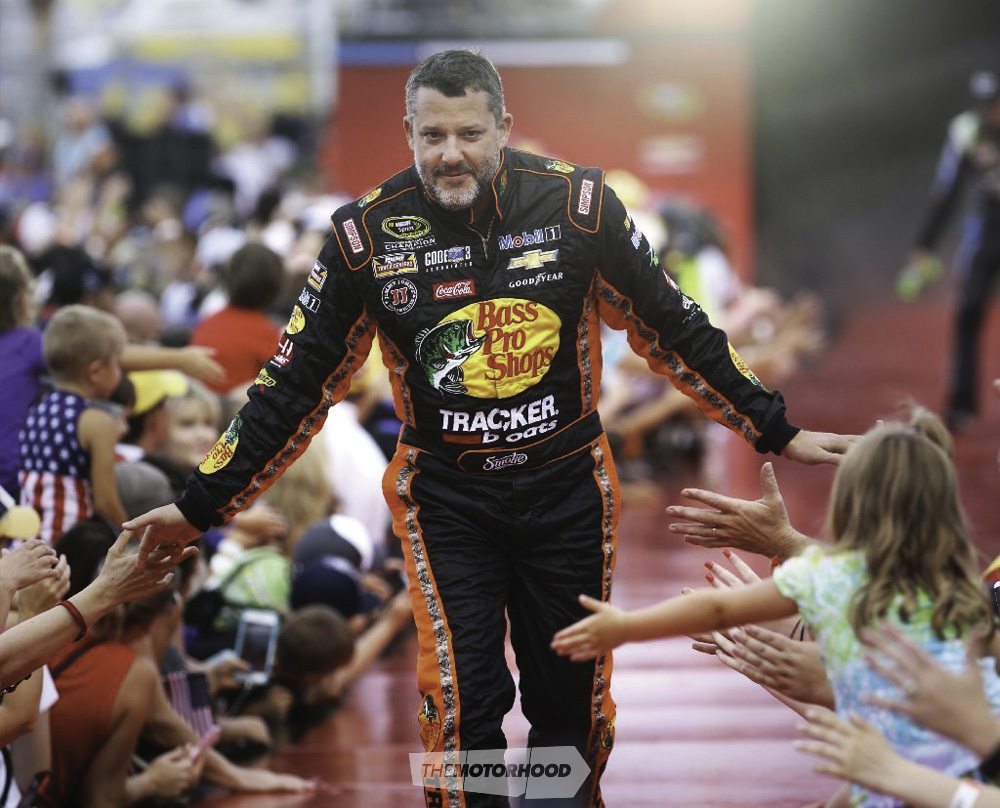
In that time, you’ve raced on a variety of surfaces, but it seems as if the dirt tracks have been your passion. Any particular reason why? You’ve talked about how the track changes over the course of a race, and things like that …
Yeah, the thing about dirt is — you go to some of these places and you’re running 100–120mph down the straightaway, then you throw the car sideways. That’s not what most people would consider being in control, but, at dirt tracks, that’s what you have to do, and I think pavement racing is really about technique more than anything. I think that when you get to dirt-track racing, it’s more — for a lack of a better word — about balls. You just gotta have balls to run on dirt and to do it fast, and there are times when you’ve got to do things where you’re like, man, this could end really bad. You gotta put yourself in those positions, and there’s guys that do it and don’t think anything about it, and there’s guys that won’t do it at all. The guys who are willing to take those chances are the guys who might wreck every now and again, but they’re the guys that you see at the end of the night in victory lane, because they were willing to take that chance.
You’re a busy man, but what is it about sprint car racing in particular that keeps you coming back?
You know, I think the winged sprint car side is just because it’s so hard to be good in those cars. I mean, everybody can drive a winged sprint car, because of the downforce. Everybody can drive a car, but it’s really hard to be fast in those cars, and it’s hard to be good when the tracks get slick, and it’s hard to be good in traffic. It just seems like, out of everything [that] I’ve driven, that’s probably been the most challenging car for me to be really good at, and that’s the drive — because I really want to be good at it; that’s what keeps me coming back.
How well did dirt-track racing prepare you for your Nascar career?
You know, I kinda debate, even with myself at times, how much it helped. There’s times when I think it didn’t help much at all, and then there’s times, you know, when I get to pavement tracks and I’m on worn-out tyres and the track’s really hot and slippery, when I think that the dirt-track experience helped, because I’m in control of the car — I learned how to take a car that’s sliding around, figure out how to manipulate it, and still make it do what I want it to do, and not be afraid of it sliding around. So, I think that’s the aspect of dirt that really helped me the most.
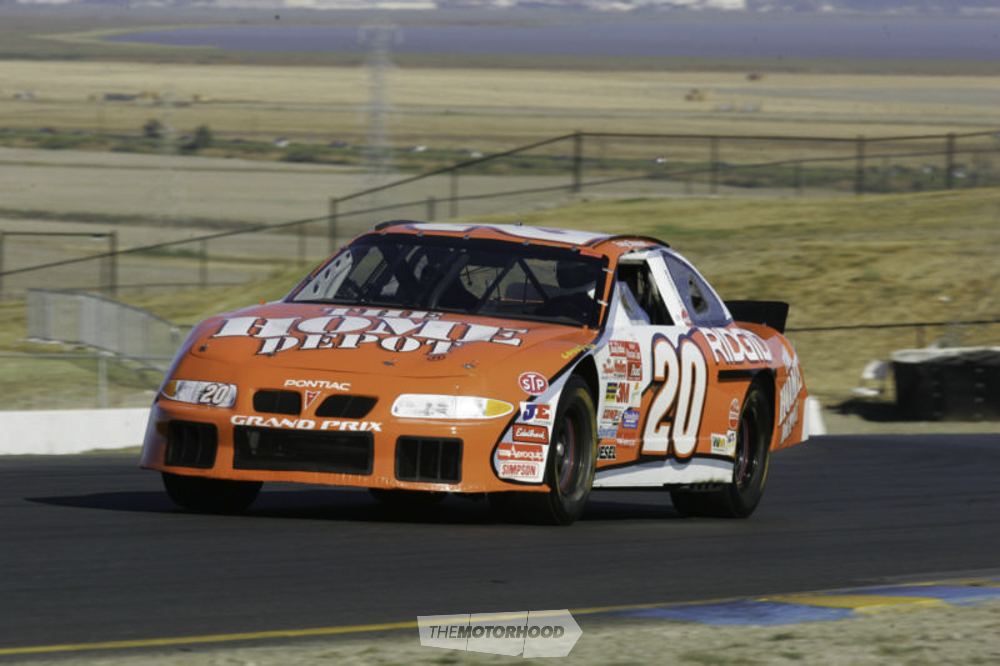
Are there any driving tips you can share with us that you’d usually not share?
If I give my fans in New Zealand a driving tip that I have never shared with my fans in the United States, all my fans back home are going to be quite upset with me!
Have you ever been to New Zealand, and what do you know about it?
I have not been yet, which is why I’m so excited to go. I’ve just heard what my friends and fellow drivers who have gone there have said about how beautiful it is, and how much fun they had. Some of them went hunting over there, and, talking about just how beautiful it is, they’ve told me that I’m gonna go there and I’m gonna get spoiled and not want to leave — [that] it’s going to be one place I’m gonna want to go back to again and again.
You’re going to leave winter in the states to come, essentially, in summertime. That has to be one of the prime reasons to head here, beyond the racing?
Well, the racing’s the number-one reason, obviously. That’s what I love doing the most. In the wintertime, when it slows down here, it’s perfect for the drivers over here to have the opportunity to go to places like New Zealand and Australia, just as it is for their drivers, in their off-season, to come over to the US and race with us. So, the racing’s the number-one reason, but I’ve enjoyed getting out and going to different places lately, and New Zealand’s definitely been on the list for a very, very long time.
When did you first hear about Western Springs Speedway, and what do you know about the place?
Back in 1995, Willie Kay, I think, was the promoter at the time at Western Springs, and I got booked to race the midget in Australia. Willie was really trying to figure out how to get me over to New Zealand at the same time, to go to Western Springs.
For probably seven or eight years after that trip, he’d try to figure out how to get me over there. The hard part was that, shortly after that, I got involved with IndyCar racing and Nascar. Every year it got harder and harder to get away, because that, essentially, was our only off-season and the demands on our time became greater. You might only get two weeks off in December, and that’s when he wanted us to go over and race, yet that might be the only time we’d get to see our families. But, from ’95 on, it was like, yes, I want to go and race there; we’ve just got to find the time. It got frustrating for both of us trying to figure out how to make it work.
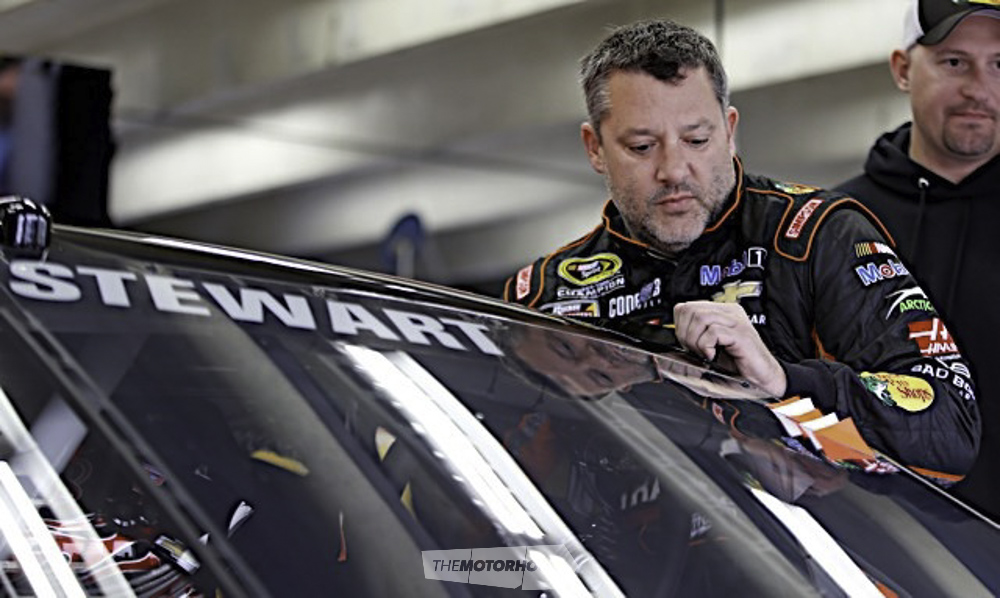
You’ve always wanted to go, and now’s the time in your career that you actually have the time, and you can go. What attracted you to want to come here?
Yeah, now I can dictate my own schedule a little more. I still have obligations — we still had to juggle some dates around to make it work for me this year — but, yeah, it’s long overdue. Essentially, I’ve really wanted to go there for 22 years, and, finally, I’m gonna get a chance to do that because I have a lighter schedule now.
Is it an odd feeling to know how many fans you have down there — somewhere so far from where you race?
Yeah, it really is. When people come over from New Zealand and Australia, you hear about how many fans you have; I think that’s part of the reason I’m really excited. I know we have fans there, but I don’t know how many. I’m sure it’s gonna be a much greater number than I expect, but that’s what’s going to be fun. We’ve tried for so many years to get there, and so many people over there [who] are fans of ours know that we’ve tried, and now we have that opportunity. Finally, they’re going to get a chance to see us race in person, so I think that’s probably going to be one of the greatest things: going to the racetrack and finally getting a chance to race in front of these people who have been fans, not just for a couple of years but for a lot of years.
Can you appreciate how big of a deal it is for Kiwis that you’re coming to race at their home? Is it akin to when, maybe, a USAC star came to race at a local track when you were growing up?
If it’s anything like it was when I went to Australia for the first time in ’95! I was just a USAC driver, and I could not believe how crazy the people over there were about having us there. Now, still being that USAC star, and with my 20 years of Nascar, and running World of Outlaw and All Star races, I can see why it would be a big deal for those fans to see us come over there. However, as excited as they are that I’m coming there, I’m probably just as excited about coming to see them, and to see Western Springs and to see what New Zealand has to offer.
What do you expect the competition to be like when you’re out on track with those local drivers who know Western Springs really, really well?
Thankfully, I’ve had a chance to kind of spy on the competition a little via the internet. Last winter, I watched races from Western Springs, and I’ve also watched some of the midget races and sprint car races. The competition’s tough there; it’s tough because they’re good drivers, they have good cars, and they run Western Springs every week. They know that track inside out; they know what they’re watching for during the night — and that’s aside from the fact that they’re already good race car drivers. Any time you go into somebody else’s backyard and you’re not familiar with it, and they know everything about it, it is just that much tougher.
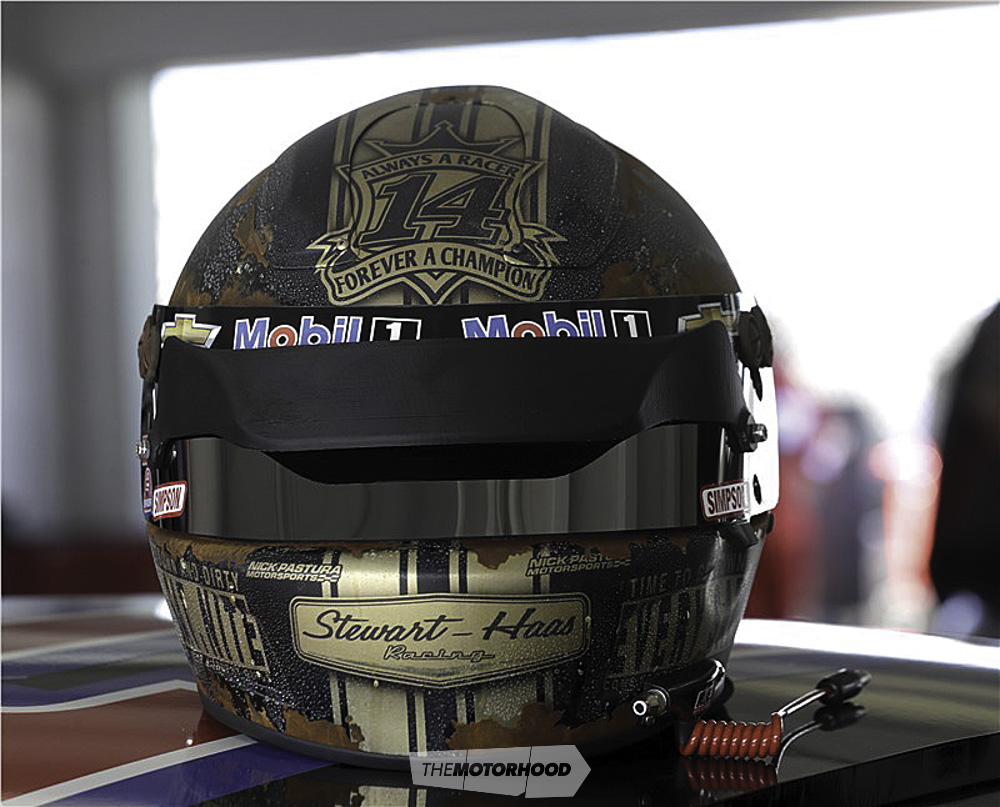
When you eventually retire as a race car driver, what legacy do you want to leave behind?
I think people already realize that I’ve dedicated my entire life to the sport. Pretty much everything I do revolves around racing, whether it’s with the Nascar side, or when I was involved in USAC after being a USAC driver with our teams, or with the World of Outlaws, or now, with owning the All Stars and Eldora; my whole life is consumed with the sport.
I still think about my hero, AJ Foyt; when he passes on, which I hope will not be soon, the thing that everybody’s going to remember about him is that he could get into any type of car, anywhere, and be a contender in it — no matter what type of race car it was. In this day and age, there’s not a lot of people who can just jump around from car to car and pick it up and be good at it right away. It’s getting harder and harder to find guys who can do that. I take a lot of pride in knowing that every time I went somewhere, no matter what type of car it was, I could … maybe not win the race, but they knew I was there, and they knew I was a factor in the race, and that I figured it out pretty quick.
Everybody knows what kind of guy you are at the track — a hard-nosed racer — but what sort of guy are you away from the track? What are some of your favourite things to do, besides motorsport?
I love sleeping in in the morning; I like to go fishing; I love any chance to ride ATVs and UTVs [utility vehicles] — side-by-sides are big in the US right now, and, with Arctic Cat, I get to ride an Arctic Cat Wildcat; I love running through the woods and stuff in one of those. I guess I still have that college mentality — even though I never went to college; I like to hang out with groups of people and I like to do things where we’re not taking things very seriously — life is serious enough, so I enjoy it when I can go fishing or hunting and have fun with friends, or go out riding four-wheelers and side-by-sides and go racing. That’s the stuff I enjoy — just messing around and having a good time with my friends.
We get that. What is your current daily-driver back home, and do you have any dream cars you’d like to own, or currently own?
I currently [daily-]drive a 2017 Ford Raptor. Earlier this year, I purchased a 1932 Ford to add to my collection, and that was pretty cool. I also bought the Silver Crown car that AJ Foyt drove from 1974 till 1977, and I was able to track down and purchase the midget car that I drove in the early 1990s — it was in Australia.
Is this likely to be your only visit to New Zealand as a sprint car driver? Could we, one day, see you there in a midget, too?
I would say this is probably not the last time you’ll see me there.

That’s great news, Tony. Thank you for the interview — we’re looking forward to seeing you race here!
This article originally appeared in NZV8 issue No. 151 — get your grubby mitts on a print copy by clicking the cover below





